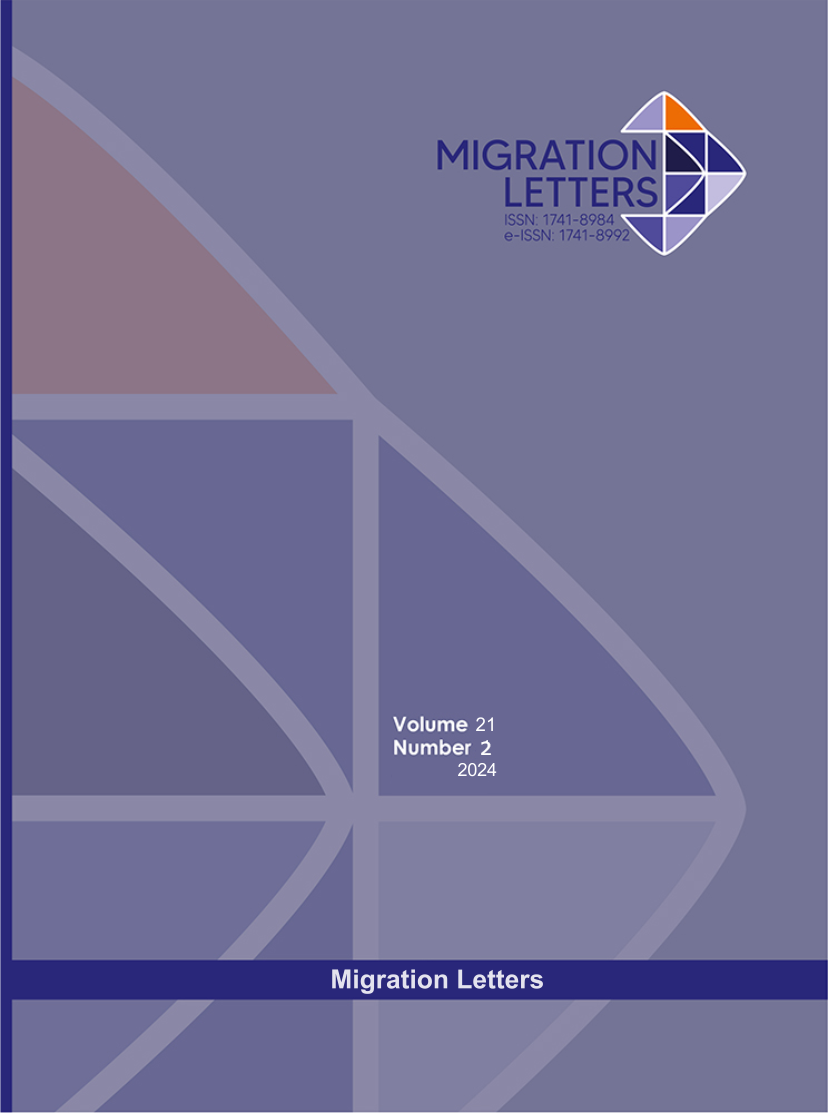The Role of ONSD-TCD in Transforming the Approach in Critical Care Management of Acute Spontaneous High-Grade Subarachnoid Hemorhagic: A Case Report
DOI:
https://doi.org/10.59670/ml.v21i2.6213Abstract
Background: Bleeding in the subarachnoid space (SAH) is a type of bleeding stroke (SH) with a prevalence of 10%-20% among all kinds of stroke. The incidence of SAH accounts for 5% of stroke but contributes to high disability and mortality rates. SAH that occurs in a ruptured aneurysm can cause death up to 40% within 30 days. The most common complications of SAH are re-bleeding, vasospasm, and Delayed Cerebral Ischemia (DCI). Intensive care is necessary for high-grade SAH patients. In addition to managing intracranial pressure control (ICP), it is also for close monitoring to prevent or detect complications after SAH. Transcranial Doppler (TCD) and ONSD are non-invasive monitoring techniques that are starting to be widely used in critical care. TCD can provide an overview of cerebral artery blood flow changes through flow velocity. Some studies also mention that the ICP value can be obtained through the conversion of TCD measurement results in the form of Pulse indexability (PI). Comparison between the average velocity of cerebral blood flow-internal MFV carotid arterial-iICA (generally represented by Media cerebri artery-MCA) to the value of external MFV ICA-eICA (cervical ICA) through the formula MFV iICA / MFV eICA, the results can assess the grading Lindegard ratio (Ldg) which is generally used to determine the severity of a vasospasm. ONSD is also an N.II sheath measurement whose results describe whether there is an increase in ICP.
Methode: After getting approval from the family, we reported the case of a 59-year-old woman the Sumbawa tribe of West Nusa Tenggara who came to the ED with weakness on the left side of the body and experienced suddenness when waking up from the night. Another complaint is nausea-vomiting. Patients who have hypertension > 10 years who do not routinely seek treatment. The average family history of hypertension and stroke. The patient appeared conscious (GCS E4V5M6) with TD 211/112 mmHg and a pulse rate of 87 bpm. It wasn't long before the patient had a seizure. The patient is transferred to the ICU. A CT scan of the head found SAH, IVH, and hydrocephalus. While in the ICU, the patient's consciousness decreases, GCS E2V2M5 Hunt-Hess grade 4 and WFNS score 4. Technical intubation of RSI with thiopental, fentanyl, and rocuronium is performed. Right/left ONSD 0.55/0.56 cm, right/left MFV 22.95/30.93 cm/sec, right/left PI 2.84/2.38, and right/left Lingard ratio 1.00/1.76. First-tier therapy with CSF drainage action is done cito-emergency.
Result: The objective of this report is to present our experience in utilizing Transcranial Doppler (TCD) and Optic Nerve Sheath Diameter (ONSD) for screening and monitoring patients with Subarachnoid Hemorrhage (SAH) resulting from the rupture of an intracerebral artery (IA) aneurysm. By integrating the diagnostic and screening outcomes from the TCD-ONSD examination with the patient's clinical condition and CT scan results, we enhanced the patient's overall condition from high grade to mild grade during their ICU treatment. Although the patient's critical period is still ongoing, with comprehensive and multidisciplinary management, the patient was able to leave the ICU with full consciousness.
Metrics
Downloads
Published
How to Cite
Issue
Section
License

This work is licensed under a Creative Commons Attribution-NonCommercial-NoDerivatives 4.0 International License.
CC Attribution-NonCommercial-NoDerivatives 4.0






